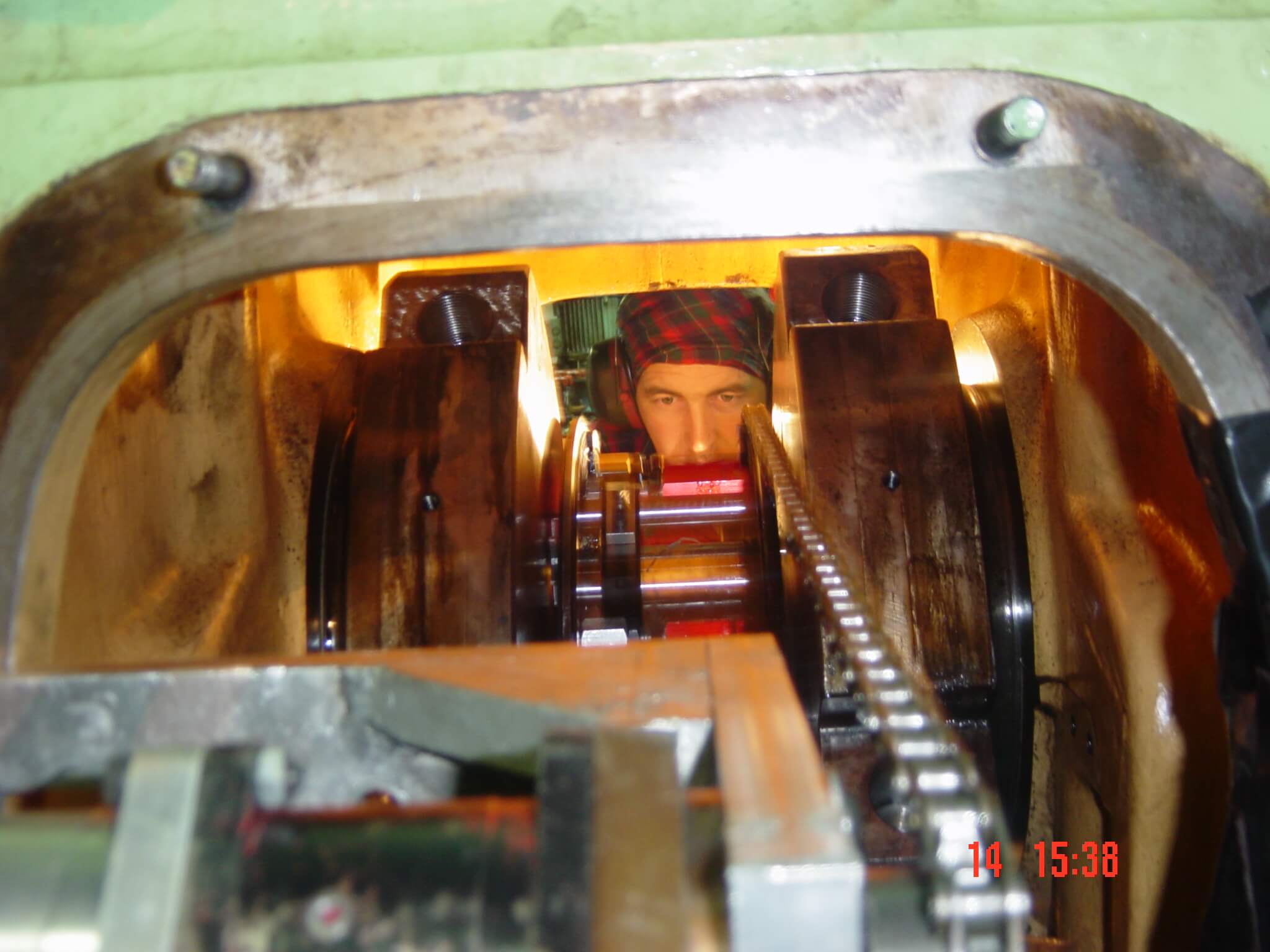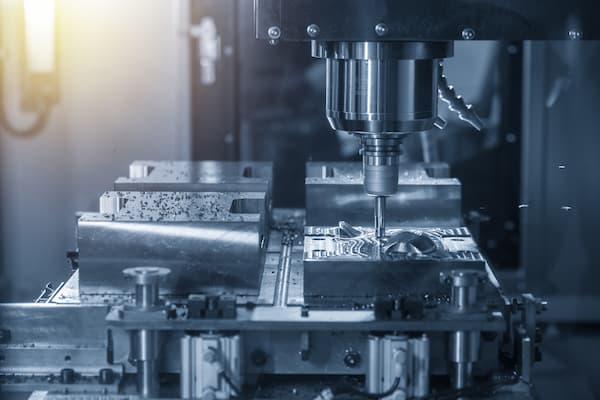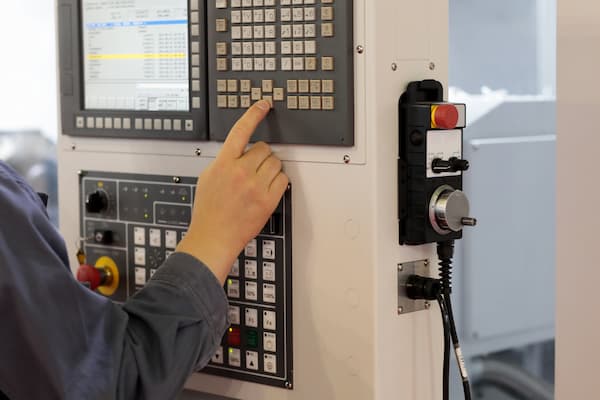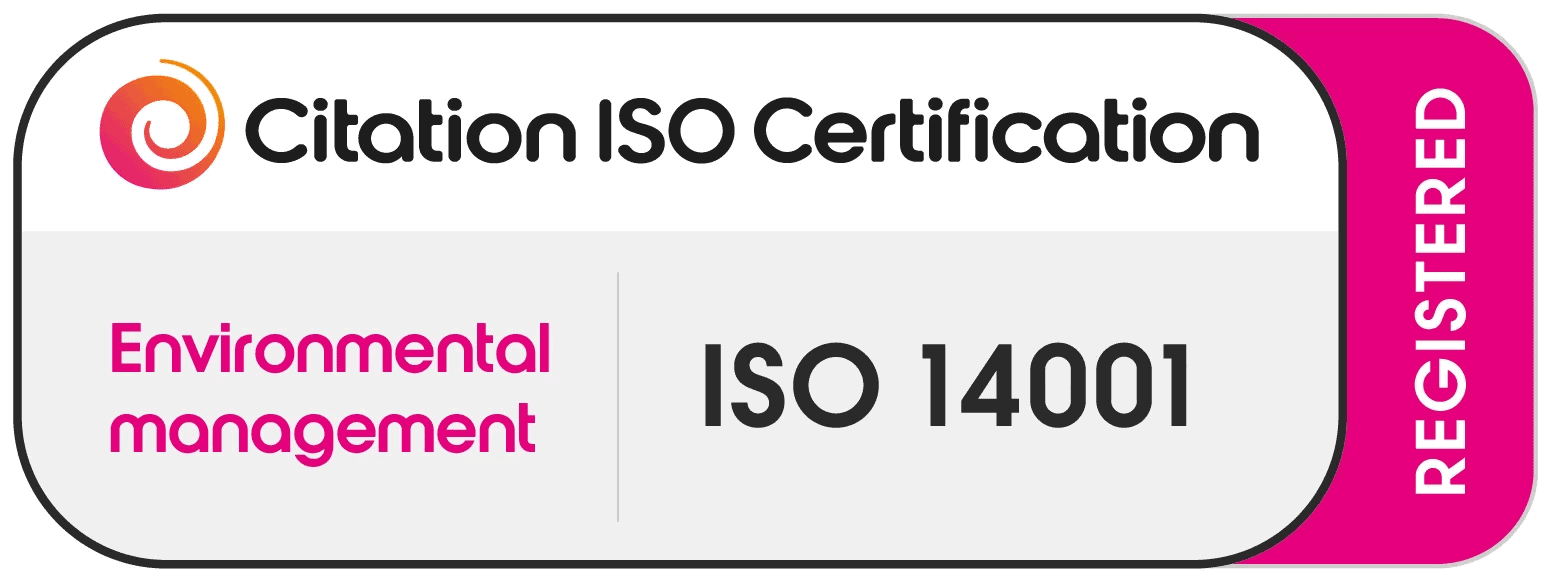
Machining encompasses many tools and processes that have repeatably improved our world. Devices such as milling machines may seem humble objects, but their positive effect across many industries cannot be understated.
Machining is an ancient practice that many different cultures throughout history have used. One of the oldest examples is the work of the Ancient Egyptians. This has led to a mystery surrounding how these ancient people created their great works. By modern standards, there are stones quarried, cut and drilled in ways that seem beyond the people's abilities with the tools at hand.
The main question is how they achieved such smooth, straight lines with these primitive tools. It's believed that to create these immense structures such as the pyramids and sphynx, they developed early versions of circular saws, tubular drills and lathes. It's also theorised that the earliest line boring processes were invented to quarry the granite stone needed. Then, they would use this basic boring machine to drill a hole into the rock, which made removing the large pieces whole possible
Over the centuries, boring machines changed slowly. That is until the 15th century when hydraulically driven barrel boring machines were developed. Later in the 17th century, the rise of the steam engine and the birth of industrial manufacturing created a demand for higher accuracy and increased reliability for machine parts to prevent disasters. Machining cylinders to accurate specifications is as much a requirement today with our high-quality Line Boring equipment as it was for these ancient pioneers with their steam engines. John Wilkinson invented the barrel boring machine in 1774 to machine a cylinder block for one of the first steam trains.
Whilst today, we can enjoy the benefits gained from our portable boring machines, in the late 1800's Germany was finally developing the classic horizontal boring machine with front and rear columns with worktables attached. This initial equipment was very effective for smaller operations, but as various industries grew in scale, so did the machining tools needed to maintain them. As a result, by the 1930s, boring machines were being built for extra-large work. In addition, these machines were now being used in tandem with other machining tools developed in the 1800's such as milling machines, to support the increasing number of industrial applications.

Modern milling machines are a versatile addition to the machining world. Their role entails machining flat surfaces or producing irregular surfaces. Processes connected with a milling machine are cutting gears and slots; they can also be used to bore and drill. These processes are conducted thanks to the rotated multi-toothed cutter that removes unwanted metal.
Milling machines took a while longer to be added to the machining catalogue. Then finally, in 1818, the Whitney milling machine was developed. This machine allowed operators to work more efficiently and significantly removed the concerns over human error. Because of the increased accuracy these machines provided, they were used in various applications. Clockmakers, gun makers and more took advantage of the high fidelity you could achieve more efficiently with a milling machine over handcrafted works.
This Whitney machine (developed by Eli Whitney) also pursued the concept of automated machining. To fulfil an impressive order for muskets, he built a semi-automated machining tool factory that allowed him to complete his order. This is credited as the beginning of the CNC machining solutions that many industries benefit from.

Machining continues to be improved yearly to address the ever-growing complexities of various industries. The most significant advance in machining is the introduction of computers in the form of CNC (computer-controlled commands). The constant improvement of these digital controls has many benefits for the future of machining. Increased work speed is the most apparent benefit as the machines can operate faster and with higher accuracy than people, but this isn’t the most beneficial gain. Manual intervention is a process that is currently vital for our on-site machining services, but that may not always be the case. Our bespoke machining tools are refurbished to the manufacturer's (OEM’s) design criteria to maintain their working tolerances. Improvements in digital machining can make this process easier and increasingly remove potential hazards that come with human involvement.

At In-Situ Machining Solutions, we pride ourselves on staffing engineering experts who are solutions driven toward your machining needs, including journal machining. We are a machining company that values speed without compromising precision. Thanks to these early pioneers, we are able to develop our own machining tools in-house and enable our experts to serve a broad range of industries. Petrochemical, mining, renewables, transportation and defence have all benefitted from us continuing the work started by these people throughout history.
Equipped with bespoke on-site machining equipment, our engineers can confidently provide the highest quality services globally on a 24-hour, 365 days a year working programme. You can discover more about our popular on-site machining services online today, or if you have any questions about how we can assist you, you can contact us directly.


